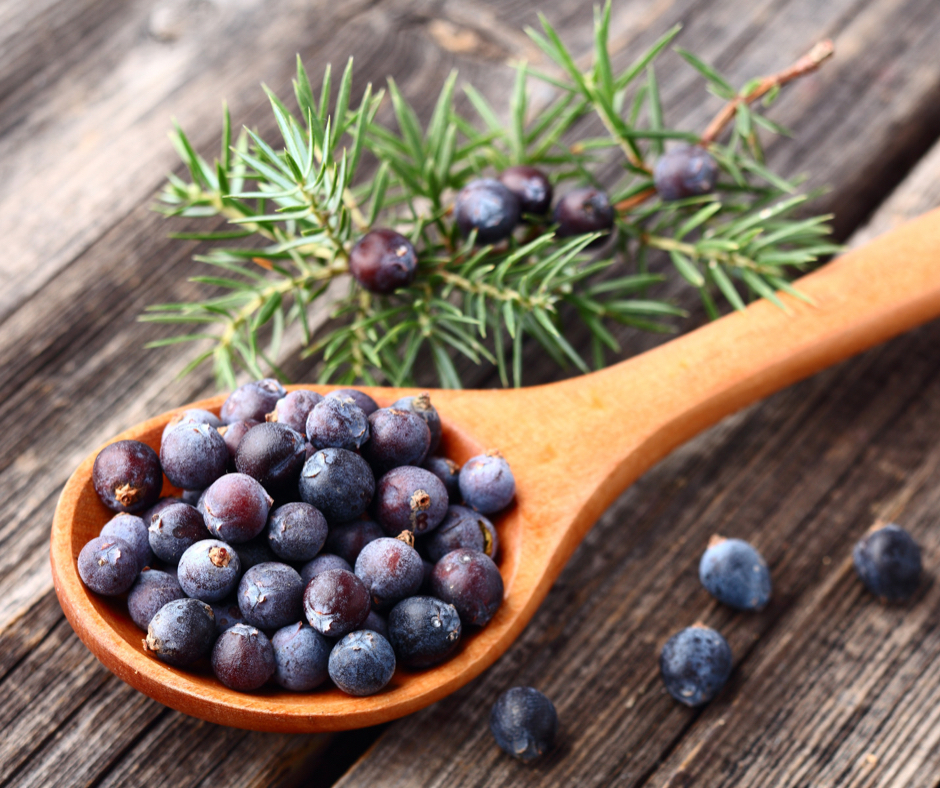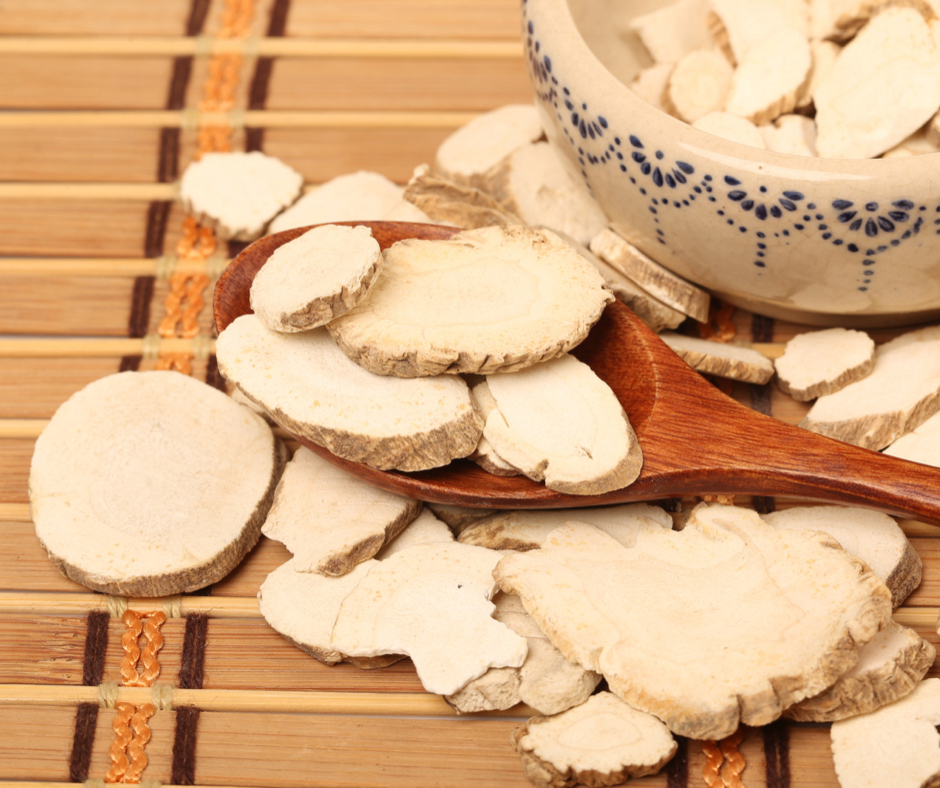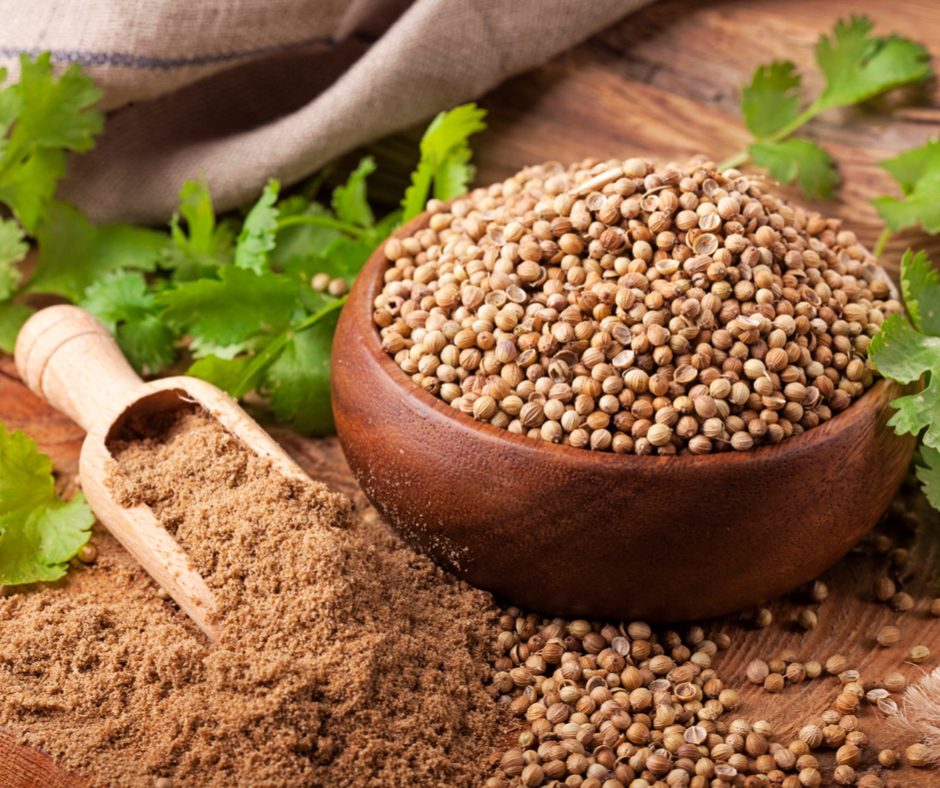10 Botanicals in our gin
Gin distillation has been recognised for a significant amount of time as an art form. Because they are made with such a wide variety of botanicals, all of the gins have their own distinctively bitter and slightly dry flavour.
Gin connoisseurs are likely to be unaware of the presence of many of these botanicals. These botanicals are so frequently found in gin that their presence is almost to be expected given. The following is a list of the top ten botanicals that are used in the production of our gin, which we have gathered. One thing that all of these top botanicals for gin have in common is that they have all been used in gins for more than a century. Some of them were even employed in the production of gin during the 17th and 18th centuries. During this time period, these botanicals were also easily accessible throughout Europe.
On the other hand, in order to find the best spices for our selection, we decided to source them all over the world. Here are the botanicals used in our gin production; you may have noticed a hint of their undertones in a sip of our products.

First on the list is Juniper. Juniper has been found at Paleolithic sites in Europe. Over 10,000 years ago, people used juniper branches to get their piney scent.
The Juniper gives Gin its distinct flavour. Without juniper, gin is incomplete. A gin is technically made of juniper.
Coriander is the dried seed of the cilantro plant, which grows naturally in southern Europe, North Africa, and Southwest Asia. It has a rich flavour that is slightly peppery, citrusy, and nutty when crushed.
Coriander is said to be a favourite in America and is best paired with Juniper.

Angelica is the third member of Gin's "holy trinity," along with Juniper and Coriander. Angelica is frequently confused for juniper in Gin. It's a juniper that's muskier and woodier.
Since at least the 10th century, the common Angelica type used in gin has been grown as a vegetable in Northern Europe.

Dried Orris Root is most likely a perfumery tribute. Orris Root is thought to have fixative properties due to its aromatic molecules being more tightly bound than other ingredients.
Although the root strongly smells of violets, specifically violet candies, it is rarely used to enhance the flavour of gin.

The use of citrus fruits as a botanical ingredient is common in many gins. Orange is the citrus that is used the most frequently, even more so than lemon.
Depending on the variety of orange that was used, the oils found in the skin could impart citrusy notes that are tangy or notes that are sweet and gentle.

Lemon is a citrus fruit that is frequently used in cooking because of its ability to brighten food and beverages. Lemon twists are commonly used as gin cocktail garnishes.
The zesty and sugary notes of lemon peel are the lemon smells in gin that stand out the most. Lemon distillate has a very recognizable flavour and scent all its own.

You may not have realised that Licorice was used in Old Tom style gins due to its strong flavour and mild sweetness. Licorice was used to mask the flavour of the base spirit in the nineteenth century.
Despite having a similar flavour, licorice has no relation to anise, aniseed, or star anise. These ingredients can also be found in gin.

The word "cinnamon" is often used interchangeably with cassia, particularly in the United States. Cassia is related to cinnamon in a very close way.
Cassia gins that are made with an excessive amount of cassia can have a potent aroma that is evocative of Big Red chewing gum. Caution is required when working with it.

Nutmeg is indigenous to the Moluccas, Indonesia's Spice Islands, where its value led to atrocities and war between English and Dutch traders. Our nutmeg is sourced from India.
Nutmeg has a sweet and earthy flavour that adds a noticeable heat and a long, spicy sweetness to the finish of gin.

Cinnamon is one of the world's oldest spices and is widely used today. Cinnamon was used to embalm Egyptian mummies and during the Middle Ages, having cinnamon was a status symbol in Europe.
Cinnamon is added to gin production because of its sweetness with a kick of spice characteristics. It also imparts aroma that is easily recognizable.

